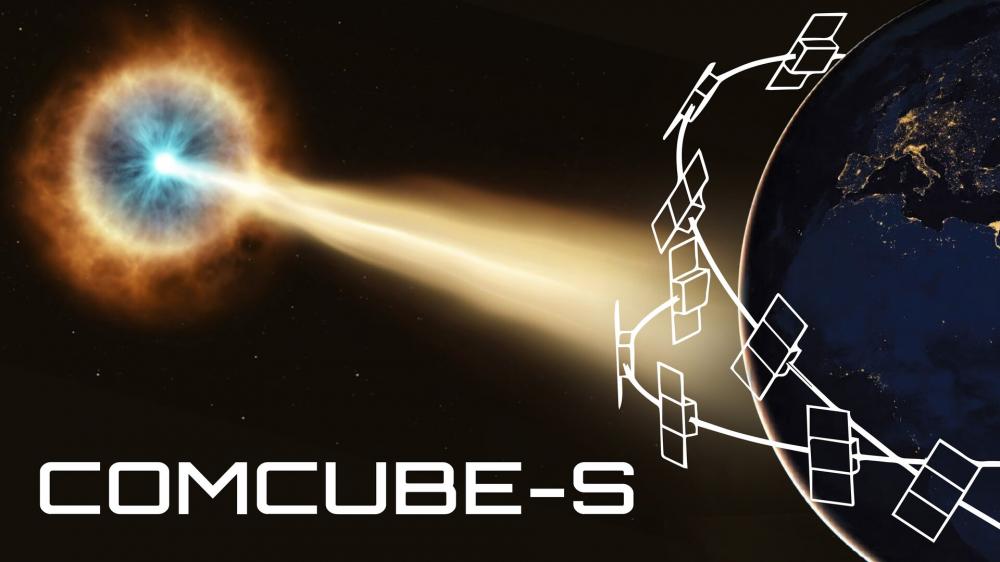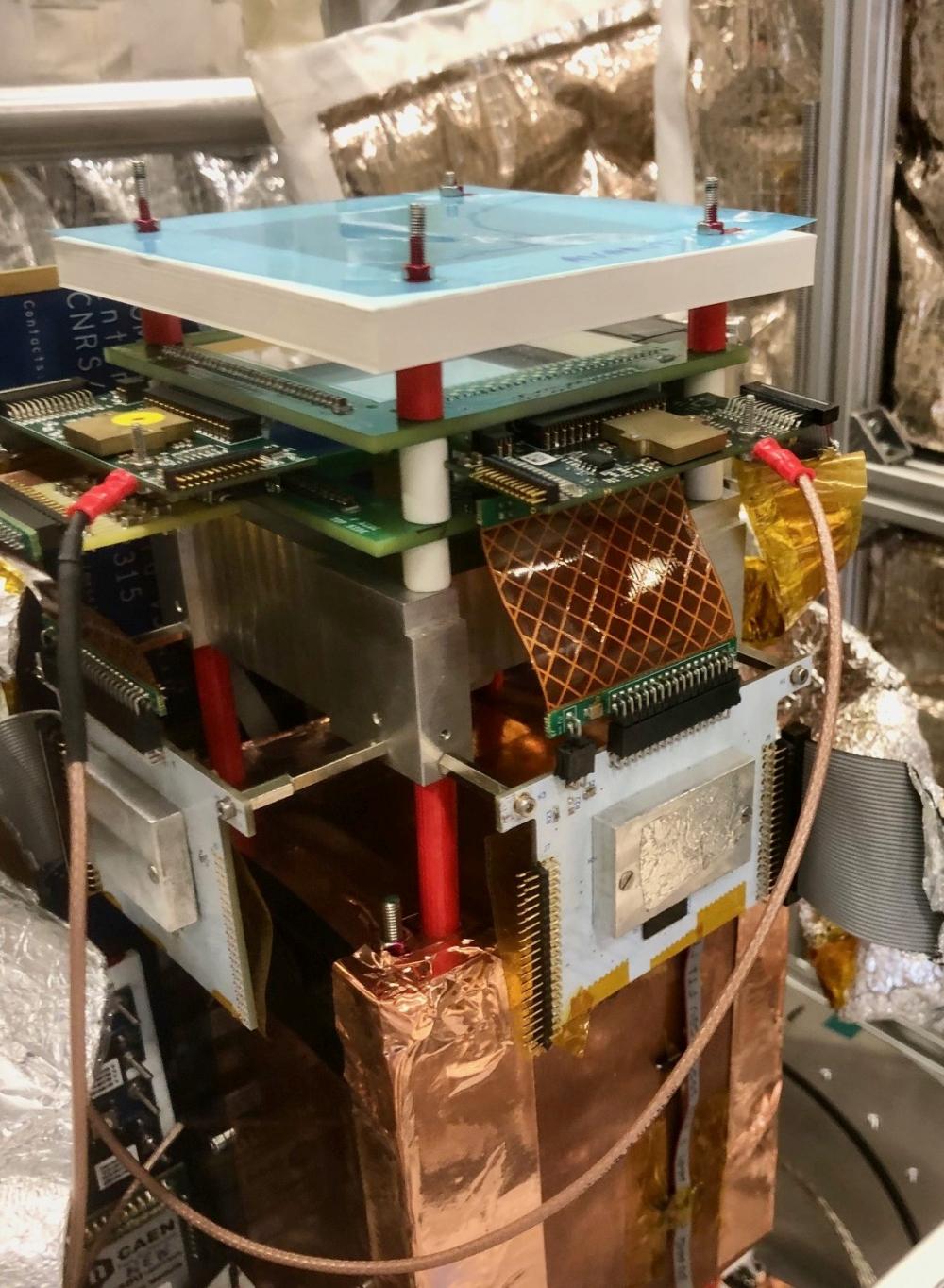
Figure 1 - The TRANSAT balloon, carrying the COMCUBE gamma-ray polarimeter, takes off from the Esrange base in Sweden.
Credit: Swedish Space Corporation
During a three-day stratospheric balloon flight, the COMCUBE collaboration successfully tested its space gamma polarimeter COMCUBE, an instrument that will enable the measurement of the linear polarization of gamma-ray bursts. This flight validates the COMCUBE-S project, a swarm of twenty-seven nanosatellites equipped with this new technology by 2030.
A pioneering flight with a unique look at gamma rays
On June 22, 2024, while the gamma-ray burst community was focused on the launch of the SVOM space observatory, another instrument was taking off from the Esrange base in northern Sweden. An 800,000 m³ helium balloon, operated by CNES as part of the TRANSAT2024 campaign, embarked on a journey through the stratosphere. Onboard were eight scientific instruments, including the COMCUBE polarimeter, the only one scanning the sky.
COMCUBE (see Figure 2) offers a new perspective on cosmic gamma sources: it enables the detection of the linear polarization of gamma rays, meaning the preferred orientation of their electric field. This highly anticipated measurement will reveal specific characteristics of gamma sources, such as the configuration of their magnetic field or the geometry of their jet, for example.

Figure 3 - COMCUBE-S: a swarm of cubic Compton telescopes for the detection and measurement of the polarisation of gamma-ray bursts over the whole sky Credit: COMCUBE Collaboration
Over three days of valuable data in near-space conditions
The balloon flight over the Arctic, from Swedish Lapland to Baffin Island in the far north of Canada, allowed the team to test the telescope under conditions similar to those in space. For 3 days and 17 hours, the telescope successfully detected gamma rays generated by atmospheric reactions, as well as radiation emitted by the Crab Nebula and its pulsar. Upon the probe's landing, following the balloon's burst, the Canadian team retrieved the valuable data recorded on a memory card. These data are currently being processed by the COMCUBE collaboration.
The ultimate goal of the collaboration, coordinated by an Irish-French consortium with contributions from CNRS/IJCLab and CEA/Irfu for France, is to deploy these polarimeters on a constellation of 27 nanosatellites named COMCUBE-S, where the "S" stands for swarm. While awaiting the full deployment of the constellation, the first two satellites could be launched as early as 2027, with the support of ESA, for an in-orbit demonstration of the concept.
• Thèmes de recherche du Service d'astrophysique › Instrumentation
• Institut de recherche sur les lois fondamentales de l'Univers (Irfu) • Le Département d'Astrophysique (DAp) // UMR AIM



